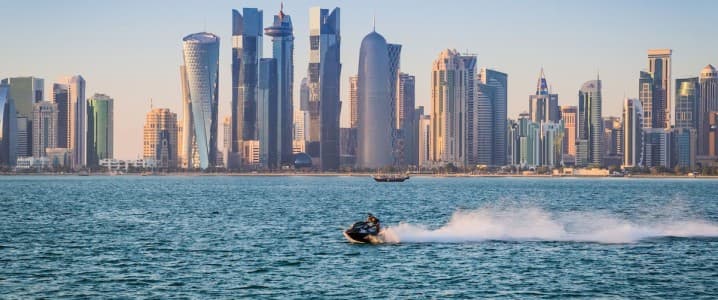Qatar: Peak Natural Gas Demand To Occur Around 2040

One of the world’s largest liquefied natural gas (LNG) exporters, Qatar, expects global natural gas demand to peak at some point around 2040, Bloomberg reported on Monday, quoting a bond prospectus of Qatar Petroleum it had seen.
According to Qatar’s state-owned giant, worldwide natural gas demand still has two decades to grow, unlike the International Energy Agency (IEA), which warned in its Net Zero by 2050 report last month that in a scenario of net-zero emissions by 2050, the world doesn’t need any new oil and gas field developments beyond those sanctioned this year.
According to the IEA net-zero vision, natural gas would need to peak around the mid-2020s and fall by more than 5 percent per year on average in the 2030s. Demand is then set to slow the decline in the 2040s because more than half of natural gas globally in 2050 would be used to produce hydrogen with carbon capture, utilization, and storage (CCUS). This net-zero scenario would also mean that LNG trade would drop by 60 percent between 2020 and 2050, and gas carried by pipelines would fall by 65 percent, according to the agency.
However, the IEA’s Stated Policies Scenario (STEPS) scenario—examining the consequences of existing and stated policies for the energy sector—sees natural gas demand rising from 3,900 billion cubic meters (bcm) in 2020 to 4,600 bcm in 2030 and 5,700 bcm in 2050.
According to Qatar Petroleum’s bond prospectus seen by Bloomberg, the Gulf nation doesn’t see LNG trade slowing down anytime soon. The company expects the LNG market to continue to grow at around 3.6 percent every year until 2040 and continue rising even after 2040.
LNG developers, including Qatar, have started to addressmarket and society concerns about emissions amid the wave of net-zero pledges from governments and businesses in recent months.
For example, approving the world's largest LNG project earlier this year, Qatar Petroleum announced plans for a CO2 capture and sequestration system as part of the project, saying that “a significant portion of the project’s electrical power needs will be provided from Qatar’s national power grid,” as well as solar power procured under corporate deals.




